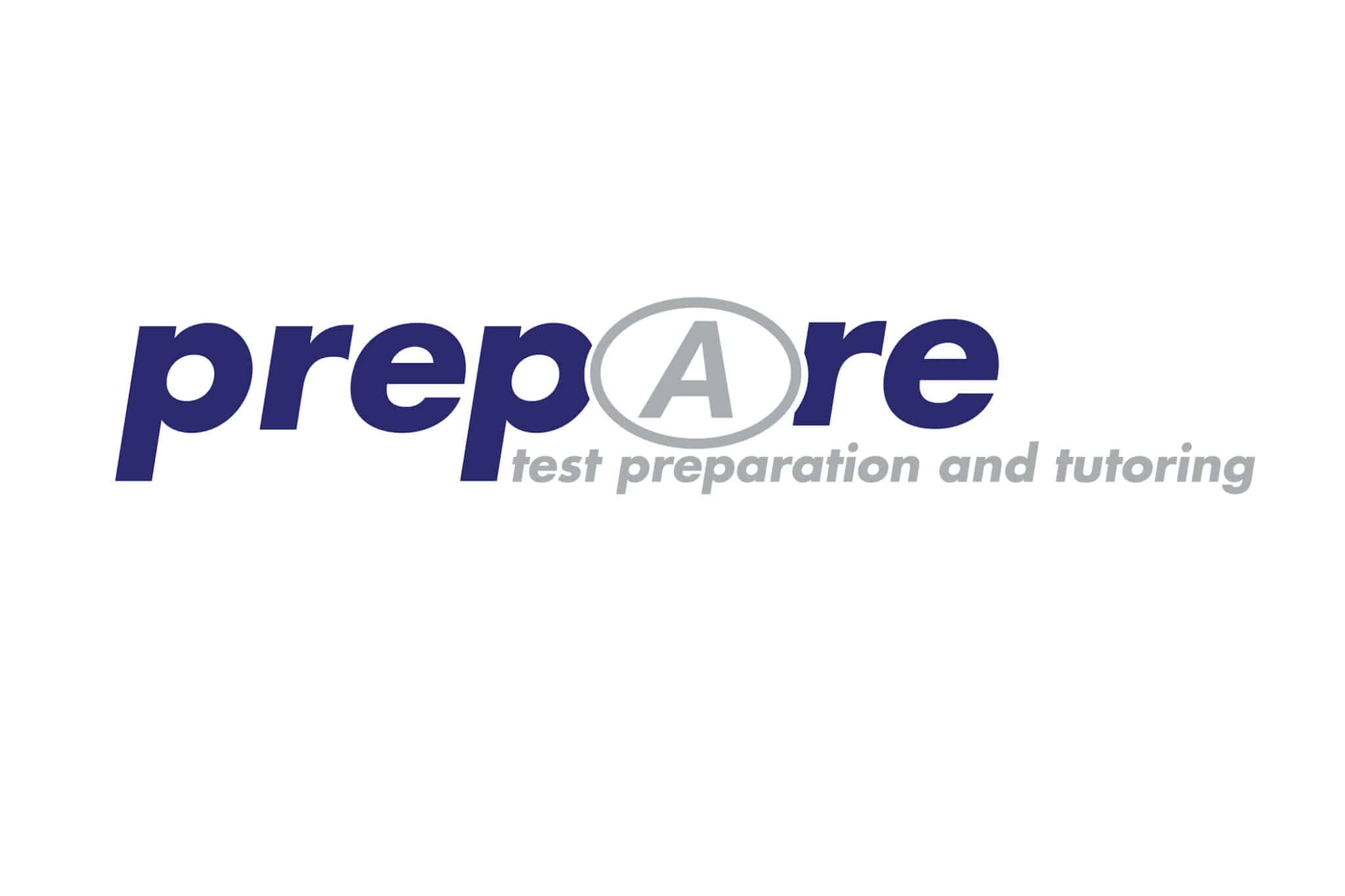An OpEd in the Allentown Morning Call, May 4, 2005:
Fill in these blanks: The New SAT is inherently —— because it unfairly —— certain individuals.
(A) ridiculous /amuses. (B) dictatorial /agitates. (C) ornery /demonizes. (D) inequitable/favors.
The answer is (D), but not because of cultural bias or even the introduction of its already infamous essay which counts for only 12.5 percent of the overall score on the new test. No, the New SAT is inequitable because it favors students who can afford professional coaching. Despite the increasingly feeble protests of the SATs caretakers at the CollegeBoard, there is ample evidence that students whose families are willing to shell out the cash for professional test preparation classes have an enormous advantage over students who are unable to pay for such a course.
I know: I run my own SAT preparation company.
Before last January, when the old 1600-point SAT was discontinued, students who took reputable prep courses routinely improved their scores by 100 points or more. The New SAT (administered for the first time in March) has added an 800-point writing section, which is even more amenable to professional coaching. Consequently, I wasnt surprised when many of my students who took the March test reported increases of 200 points over their fall PSAT scores.
While this may bode well for the future of test prep companies and our customers, the implications for the general public are not as sanguine. The gulf between the haves and the have-nots will widen, removing the dream of an affordable, high-quality college education even farther beyond the reach of common folk.
What’s more, the competitive advantage conferred by high SAT scores isn’t merely limited to admissions. Merit aid, which is not dependent on students financial status, is also heavily influenced by test results. Cedar Crest, DeSales, Lafeyette, Lehigh, Moravian and Muhlenberg all provide substantial academic scholarships (ranging from $4,000 per year to full tuition) for high-scoring students regardless of their financial standing. Thus, parents who are able and willing to pay for a quality SAT prep course will now be able to recover a substantial chunk of their childrens tuition.
Conversely, parents who feel that they cannot afford reputable but expensive test prep programs ($500-$3,200 per session) will see their own children fall farther behind in the fierce competition for admission and merit aid. Ironically, the inability of families to spend hundreds of dollars on professional test prep now will cost them thousands later.
So, what can be done?
Quite apart from my own stake in the system, I believe that the theory of utilizing an objective examination to compare students from disparate backgrounds is basically sound. But, since professional coaching has destroyed the egalitarian rationale of the current SAT, either the test must be radically reconfigured or professional coaching must be made available to all. Since the former wont happen again in the foreseeable future, the latter is the only reasonable solution.
Many schools have already taken the step of offering on-line assistance or elective SAT classes. However, neither of these alternatives is terribly effective. On-line courses require a level of self-discipline rarely found in teenagers (or adults, for that matter), while elective classes are largely ineffective because most high school teachers, having this assignment thrust upon them, have neither the motivation nor the training to become specialists in the New SAT’s three sections critical reading, math, and writing each of which has its own idiosyncrasies.
To address this issue, schools should invest in professional training for their SAT teachers and, even more importantly, pay them adequately for their time. Effective SAT instructors spend hundreds of hours not only training and teaching, but also reviewing and correcting their students homework, essays and practice tests.
Let me be clear: Schools should not mandate SAT preparation during the regular school day; too much class time is already wasted on preparing kids for the government-mandated PSSA test. I merely suggest that after-school, professional-quality SAT programs be made available to all of the students who want them.
Those of us in the test-preparation business can give back to the community in our own way. For example, for every eight fully paid students that I enroll, I offer free tuition to one financially disadvantaged student. I urge my competitors to make a similar commitment. If we are going to profit from the New SAT, we should do what we can to correct its inherent inequity.

